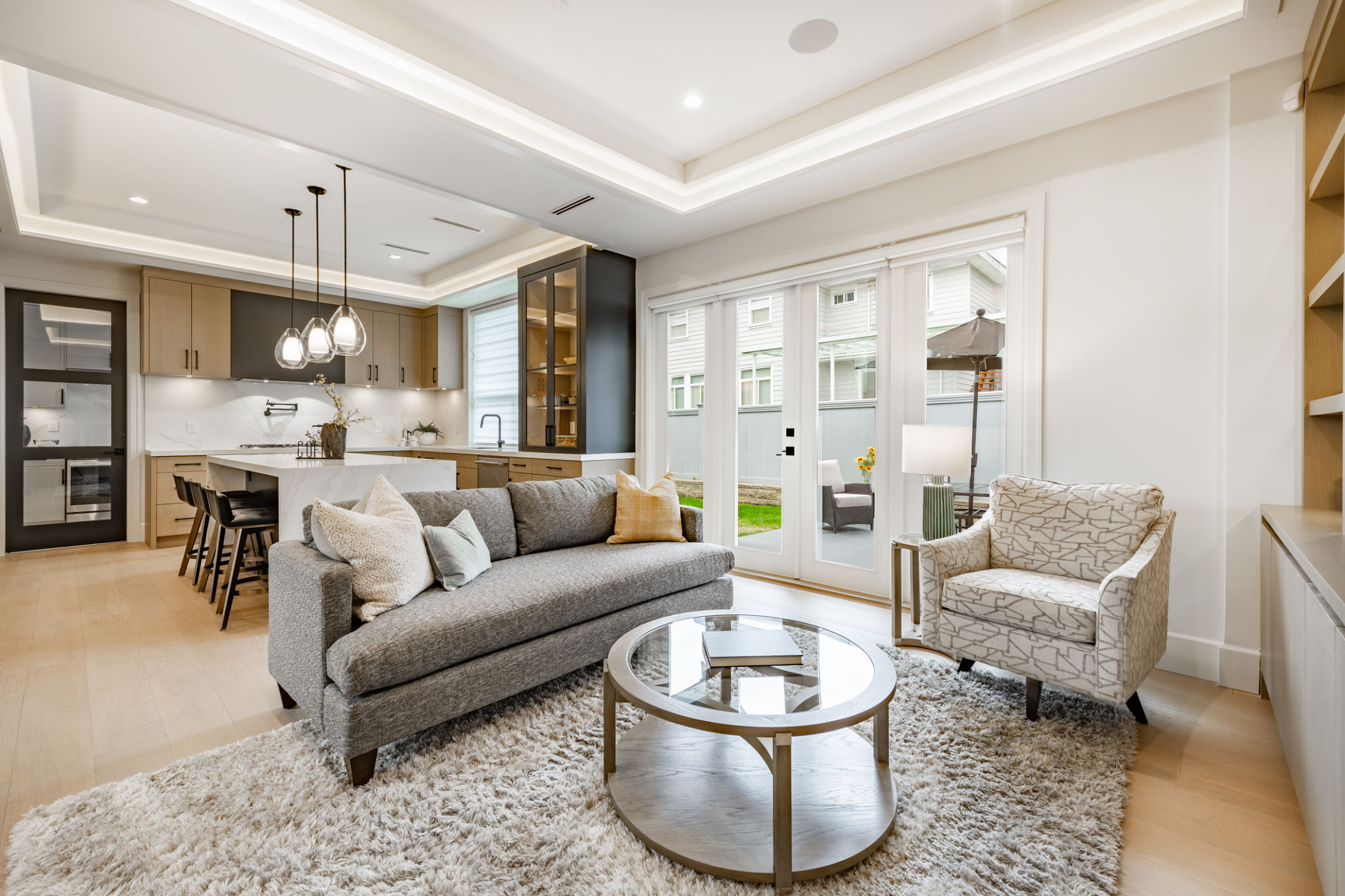Comparing Design Styles: Mid-Century Modern vs. Contemporary
Understanding Mid-Century Modern Design
Mid-Century Modern design, which gained prominence in the mid-20th century, is renowned for its clean lines, organic shapes, and functionality. This style emerged as a response to the austerity of the post-war era, emphasizing simplicity and practicality. Key characteristics include a focus on minimalism, integration with nature, and the use of materials like wood, metal, and glass.
Furniture pieces in this style often feature tapered legs and sleek silhouettes. The color palette tends to incorporate muted tones with occasional bold accents. This approach creates an inviting and uncluttered atmosphere, making it a favorite among design enthusiasts.

Exploring Contemporary Design
Contemporary design, in contrast, refers to the trends and styles that are current and evolving. Unlike Mid-Century Modern, which has a defined historical context, contemporary design is more fluid and adaptable. It often incorporates elements from various styles and eras, resulting in an eclectic yet cohesive look.
The hallmark of contemporary design is its emphasis on simplicity and sophistication. It often features neutral color schemes with bold pops of color or dramatic contrasts. Materials like metal, glass, and high-gloss finishes are commonly used to create a sense of modernity and elegance.

Comparing Aesthetics and Functionality
Both Mid-Century Modern and contemporary designs prioritize aesthetics and functionality, though they achieve this in different ways. Mid-Century Modern focuses on organic forms and a connection to nature, whereas contemporary design embraces sleekness and minimalism.
In terms of furniture, Mid-Century Modern pieces are iconic for their timeless appeal and craftsmanship. Contemporary furniture is often more experimental, incorporating cutting-edge materials and technology to create innovative designs. This makes contemporary design highly adaptable to new trends.

Material Choices and Their Impact
The choice of materials is a significant differentiator between these styles. Mid-Century Modern design heavily features natural materials like teak wood, leather, and wool. These elements contribute to its warm and inviting atmosphere. In contrast, contemporary design often uses man-made materials such as polished metals and synthetic fabrics to achieve a sleek look.
While both styles value quality and durability, their material choices reflect different priorities—Mid-Century Modern leans towards organic warmth, while contemporary focuses on modern elegance.
How to Choose Between the Two
Deciding between Mid-Century Modern and contemporary design ultimately depends on personal preference and lifestyle needs. If you appreciate vintage charm combined with functionality, Mid-Century Modern may be the ideal choice for your space. Its timeless appeal ensures longevity in style.
Conversely, if you prefer a dynamic and ever-evolving aesthetic that embraces current trends, contemporary design might be more suitable. This style allows for constant updates and personal expression through eclectic elements.

Incorporating Both Styles
For those who find appeal in both styles, blending elements from Mid-Century Modern and contemporary design can create a unique and personalized space. Consider integrating iconic Mid-Century furniture with contemporary lighting or artwork for a balanced look.
When combining these styles, focus on maintaining a cohesive color scheme and ensuring that the overall design remains harmonious. This approach allows you to enjoy the best of both worlds without sacrificing aesthetic integrity.
